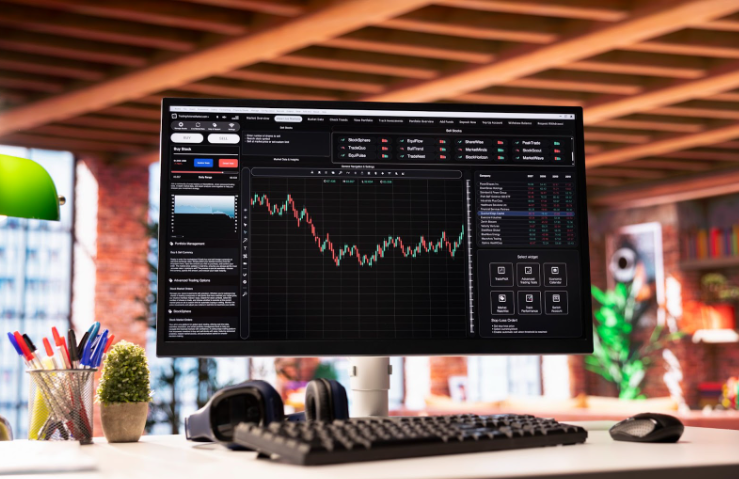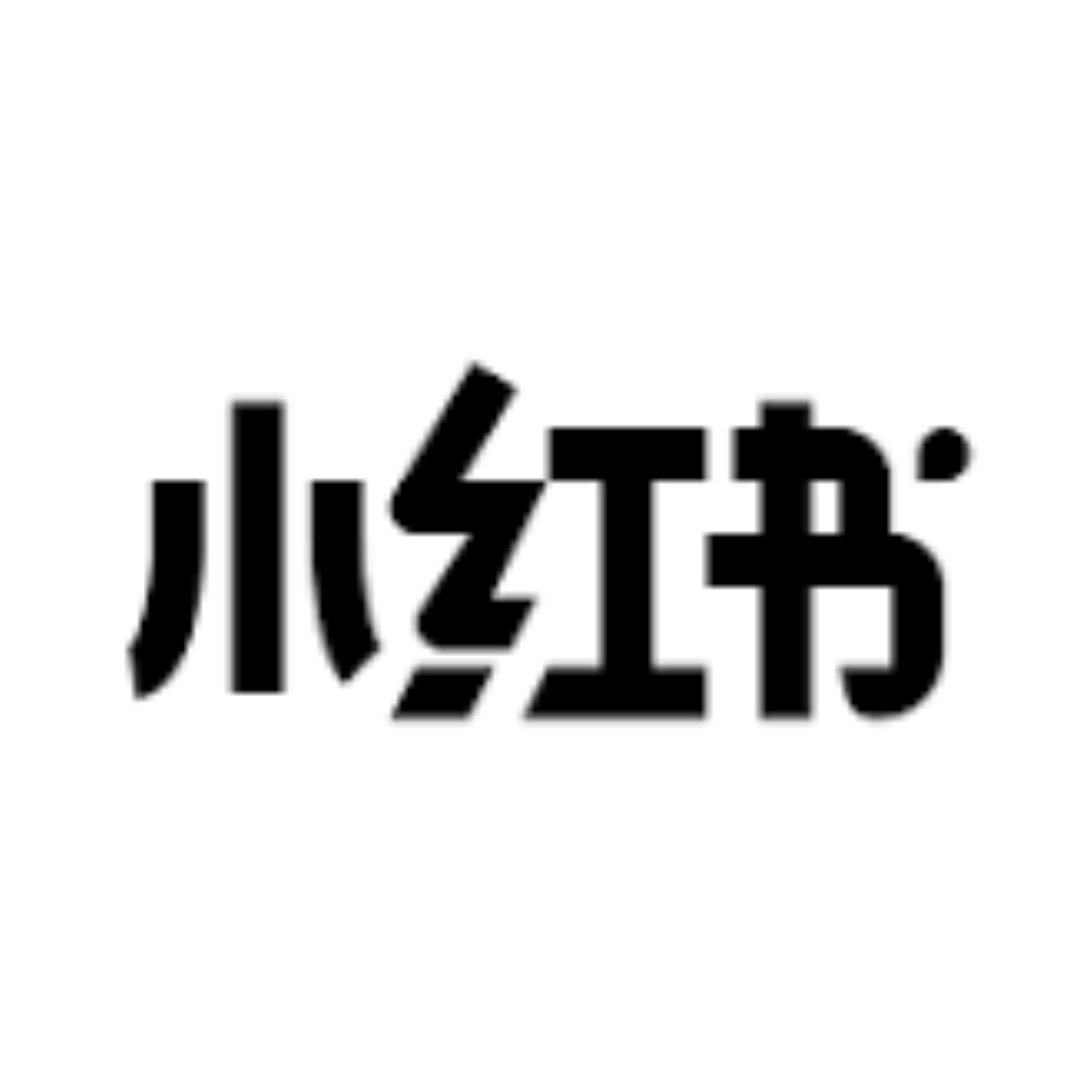
One of the first decisions every aspiring forex trader must make is whether to focus on day trading or swing trading. These two popular approaches differ in holding time, pace, and psychological demands. While both can be profitable with the right strategy, they are not equally suited for every trader. In fact, many beginners who start off with day trading often find themselves gravitating back to swing trading once they gain more experience.
In this article, we’ll break down the key differences between the two styles, highlight their advantages and challenges, and explain why swing trading is generally recommended for most traders — especially those starting out.
What is Day Trading?
Day trading involves entering and exiting trades within the same trading day. Positions are typically opened and closed in minutes or hours, with the goal of profiting from short-term price fluctuations.
- Timeframe used: Traders often rely on lower timeframes, such as the 1-minute, 5-minute, or 15-minute chart.
- Holding period: Trades last from a few minutes up to a few hours but are never held overnight.
- Goal: Capture smaller moves in the market, often multiple times a day.
Advantages of Day Trading
- No overnight risk – positions are closed before markets roll into the next session.
- Frequent trading opportunities – every small move can present a chance to profit.
- Quick feedback loop – traders know if their strategy is working within the same day.
Challenges of Day Trading
- High volatility risk: Lower timeframes are noisier and more volatile, making signals less reliable.
- Fast-paced decision-making: Requires constant monitoring, discipline, and emotional control.
- Higher transaction costs: Frequent entries and exits can eat into profits if spreads are wide.
- Intense screen time: Day traders must often watch charts for hours at a stretch.
Key takeaway: While day trading can be exciting, it’s not ideal for most beginners. The fast pace, stress, and risk of overtrading make it more suitable for advanced traders who can handle volatility and stick to strict risk management.
If you’re curious how day trading compares to other instruments like CFDs on shares or commodities, check out this guide: Share Trading vs CFD Trading: Which Is Better for You?
What is Swing Trading?
Swing trading involves holding positions for several days to weeks, with the goal of capturing larger price swings within the market. Instead of reacting to every tick, swing traders focus on broader moves and more reliable signals.
- Timeframe used: Typically 1-hour, 4-hour, or daily charts.
- Holding period: Days to weeks.
- Goal: Capture medium-term trends and larger moves.
Advantages of Swing Trading
- More reliable signals: Technical analysis patterns and indicators become clearer and more reliable as you move up in timeframe.
- Less stress: Traders don’t need to monitor charts constantly — a few checks per day may suffice.
- Bigger moves, fewer trades: Capturing a trend over several days often yields higher reward-to-risk ratios.
- Better for beginners: Lower noise on higher timeframes makes it easier to learn chart analysis and risk management.
Challenges of Swing Trading
- Overnight risk: Positions are exposed to news events or gaps.
- Patience required: Trades can take days to play out, which may test discipline.
Key takeaway: Swing trading is generally the most beginner-friendly approach. It allows traders to learn the markets without the overwhelming speed of intraday trading, while still offering meaningful opportunities.
Why Beginners Should Start with Swing Trading
While both styles have their merits, swing trading is typically the smarter path for new traders. Here’s why:
- Stronger signals: On higher timeframes (1H and above), chart patterns and indicators like moving averages, RSI, and MACD tend to work more reliably. Lower timeframes often generate false signals due to noise.
- Lower emotional strain: Instead of reacting to every market tick, swing traders can plan trades calmly and avoid impulsive decisions.
- Balanced lifestyle: Swing trading doesn’t require sitting in front of the screen all day, making it easier to balance with work, studies, or other commitments.
- Natural progression: Many traders who begin with fast-paced intraday trading eventually switch back to swing trading because they find it more manageable and sustainable.
For beginners, the ability to focus on quality setups rather than quantity of trades is crucial — and swing trading naturally supports this approach.
Looking to expand beyond forex? Many swing traders also diversify with ETF CFDs for more balanced portfolios.
Day Trading: Where Risk Management Becomes Crucial
This isn’t to say day trading has no place. For disciplined traders who thrive in fast-moving environments, it can be rewarding. However, the margin for error is extremely small.
Risk management in day trading must be razor-sharp:
- Never risk more than 1-2% of account equity on a single trade.
- Use tight stop-losses to control downside.
- Stick to a consistent trading plan and avoid chasing moves.
Without these measures, it’s easy for intraday traders to blow up their accounts quickly.
Which Trading Style is Right for You?
- If you’re new to forex trading, swing trading is highly recommended. It gives you the space to learn, reduces noise, and lets you build discipline without overwhelming pressure.
- If you’re an experienced trader who enjoys fast action, day trading may fit — but be prepared for its demands.
Ultimately, your choice should align with your personality, schedule, and risk tolerance.
Final Thoughts
Day trading and swing trading both have their place in forex, but they cater to very different types of traders. While day trading can offer quick wins, it comes with higher volatility, constant decision-making, and stricter risk requirements.
Swing trading, on the other hand, provides clearer signals on higher timeframes, is easier to manage for beginners, and aligns with the reality that most traders benefit from focusing on quality setups over quantity.
For most traders — especially those just starting out — swing trading is the recommended path. It allows you to trade with a level head, build skills gradually, and grow into a sustainable trading style. As the saying goes in trading: “It’s not about how many trades you take, but how many good ones you catch.”
Ready to discover your CFD trading style?
Register for a FREE demo trading account today and explore various instruments across FX and CFDs on indices, shares, commodities and more with one of Singapore’s trusted MAS-regulated brokers. When you’re ready, open a Phillip Nova MT5 account and start trading today












